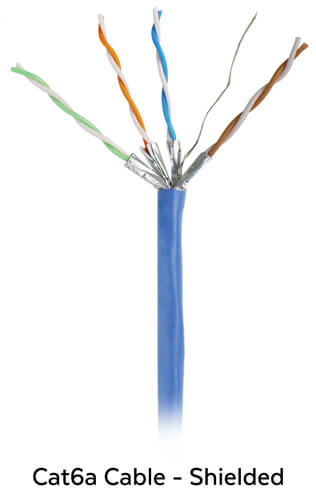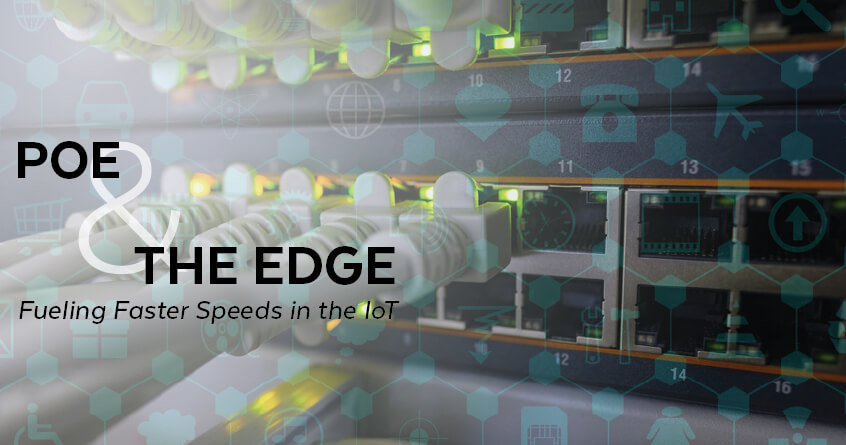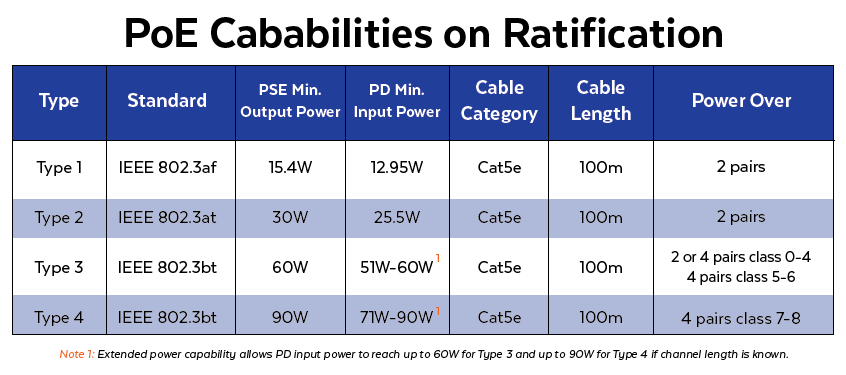As connected devices continue to multiply across the cyber landscape, the need for speed and proximity is increasing too. Traditional computing and storage models like those found in the cloud are not going to be able to meet the sheer volumes of data that end users are coming to expect. And while some centralized computing will need to remain, an alternative architecture is going to take over. That new model is called the edge, named for its closer proximity to the device. Edge computing is offering a more dynamic data process model, one that provides low latency and higher speed. Edge computing architecture is increasingly becoming an alternative to the cloud.
Let’s begin on a logistic level. Edge is a lot easier to build and maintain. Imagine the financial requirements to construct a cloud computing and storage facility. Start with millions of dollars in permits, cooling and construction, all located on a 20-acre lot. Now, compare that scenario to plunking a 20-foot shipping container at the base of one of the many wireless towers you see sprinkled across the countryside.
It’s easy to see which is faster and easier to initiate, and the added benefits only begin there.
Smart cities and all of the connected devices are going to suck up a lot of bandwidth. With all of these devices competing for storage, analysis and computational headroom, things will bog down quickly without the relief from edge architecture.
The IoT isn’t just for mechanically lowering a blind on your window when the sun’s hot or checking the lock on your front door. It’s a moveable technology. Self-driving cars, for instance, will require the mobile responsiveness that edge computing can provide. Not having to send data all the way to a centralized hub eliminates latency. When a split second can save a life, response time is not a luxury but a necessity.
PoE power per device is keeping pace
As devices connect to the internet, Power over Ethernet (PoE) is also keeping pace with the demands for more power and faster speeds. Faster speeds translate to more data delivery at the device level. As 5G continues to develop and become more widespread, data will also speed up–not only in edge computing architectures but in the way to the devices that are connecting to Power Supply Equipment (PSE).
Increase in maximum power per port
The IEEE 802.3bt standard addresses the need for higher power to support low powered devices (PD). While certain lighting technologies are becoming more efficient with smaller power budgets, others are increasing. High-performance wireless access points and tilt-pan-zoom cameras are examples of these power-hungry devices.
Type 3 and Type 4 versions of the 802.3bt standard have inched their power budgets higher from 51W to 60W (for Type 3) and 71W to 90W (for Type 4). The implementation of data delivery over 4-pair Ethernet cables is one of the capabilities driving this growth. To remain compliant, PoE power per port cannot exceed 100W, but a 100W budget is more than sufficient to support the expanding number of higher powered devices coming online in 2020.
These higher powered PoE devices include the following.
- Lighting controllers
- Point of Sale terminals
- Small cell technologies
- High definition security cameras
Increase in Gbps and the expansion of 802.3 standards
Transmission speeds continue to climb higher as the IEEE Working Group amends and develops these standards.
P802.3ck, for example, amends the Standard for Ethernet Physical Layer Specifications and Management Parameters of electrical interfaces. These standards specify the parameters for 100Gbps, 200Gbps, and 400Gbps electrical interfaces based on 100Gbps signaling. Speeds are getting faster.
P802.3ch amends physical layer specifications and management parameters of 2.5Gbps, 5Gbps and 10Gbps for greater than 1 Gbps automotive applications.
If you follow the list of active projects down, you find other interesting and related amendments in progress:
- P802.3ca 25Gbps and 50Gbps of Passive Optical Networks
- P802.3cu 100 Gbps and 400 Gbps Ethernet optical interfaces for reaches up to 10 km based on 100 Gbps per wavelength optical signaling
And the list goes on. The proliferation of devices connecting in a short time is driving the need for speed and close proximity to accommodate the increasing volume of data they generate.
Finally, it’s not only the place data is stored, the PSEs and the PD that is getting faster and more powerful–cable must also be able to handle the super highway of data transmission in order to retain the highest signal quality.
Cables that connect PDs are also getting faster

Shielding guards against power dissipation in a Category 6A cable. This allows more of the power running through the cable to transfer to the device. The design of the Cat6A to handle heat resulting from bundled cables in an IT closet or wall. This safety margin ensures that your PD can extend to a distance of 328 feet while still reaching the maximum PoE load.
Fiber cable, both single-mode and multi-mode, is being deployed between distantly located PoE networks. Single-mode fiber especially is allowing top speeds over long distances while traveling across extreme environments.
Conclusion
As the IoT moves further into smart homes and cities, and enhances working environments and public spaces, quality of life is becoming safer, more comfortable and efficient. We, as a society, have the potential to lessen energy use while still achieving our goals.
PoE and the edge are two of the heroes of this story. They are the result of thoughtful innovation and forward-thinking. Data that is closer to its point of use will not compete with as many other data sets as in a centralized configuration. Low-powered smart devices will continue to be developed and benefit the public while collecting data to inform further development for the future.
The IDC has recently predicted the number of devices will reach an estimated 41.6 billion and generate 79.4 zettabytes of data by 2025.

